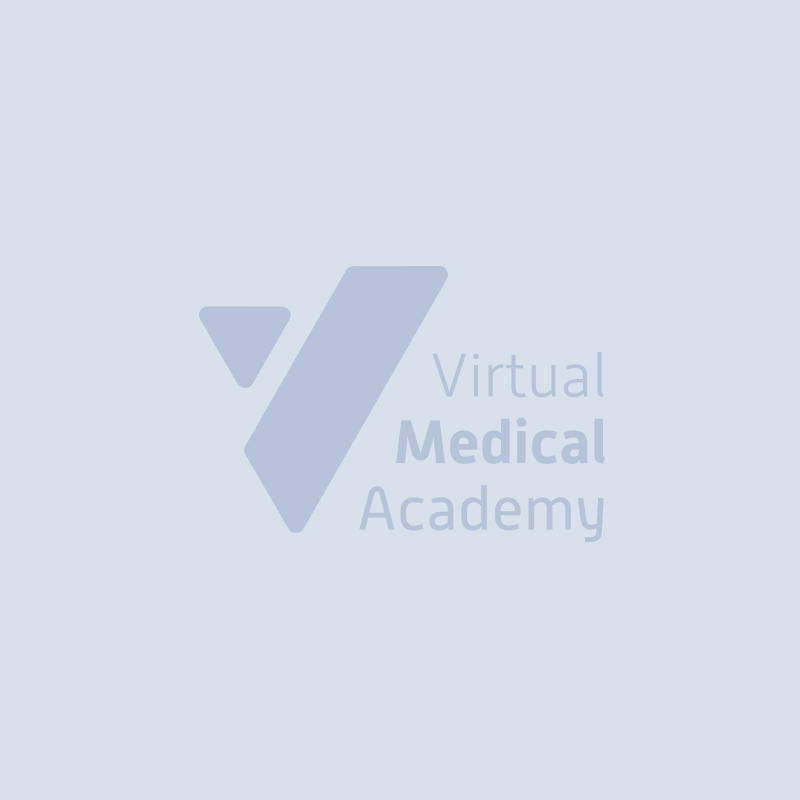Introduction
This is the second part of the concise clinically-oriented review of the neuroanatomy and neurophysiology for residents who wish to prepare themselves for the first part exam of their boards, and promotional exams. These lectures will be presented by a physician who has a PhD in neurosciences and 14-years experience in teaching medical students and residents in psychiatry and forensic medicine, and can understand very well your needs from the basic sciences in neuroanatomy and neurophysiology in your daily clinical practice. The lectures will definitely change your perspective on basic sciences when you were a medical student (poorly prepared, sleep-inducing and overwhelmed lectures full of non-clinically related information!).
Join us in this upcoming course to learn about neuroscience in more details. After this detailed course, participants will be able to understand deeply, yet easily, the basis of many clinical questions such as:
- Why temporal lobe epilepsy is the most common form of focal (partial epilepsy)? Why not frontal or occipital lobe?
- What are the explanation of the neurological side effects of antipsychotic drugs?
- Why patients with Alzheimer's disease (AD) lose their Short-term memory and spatial long-term memory at the early stages of the disease? What is the meaning of spatial memory?
- What is memory? What are the types of memory? What is classical conditioning and operant conditioning?
- Why cholinergic drugs are used in AD treatment?
- Why Antihistamine drugs causes drowsiness?
- What are the main sources of the main neurotransmitters in the central nervous system?
- Why patients with Depression commonly present with psychosomatic symptoms, particularly, pain?
- What is chorea? How does it look like?
- What are the basal Nuclei? Why they are called such a scary name, basal ganglia?
- What is the limbic system? Why many neurological and psychiatrics diseases are thought to arise due to defects in this system? Why is the meaning of limbic?
Objectives
At the end of this course, participants will be able to:
1- Recognize cerebral cortical functional areas and how to deeply understand them and, hence, easily remember them when examining a patient.
2- Discuss structure and up-to-date known functions of the Basal Nuclei and detailed discussion of the clinical implications of such knowledge (e.g., chorea, Parkinson’s disease...etc)
3- Discuss structure and up-to-date known functions of the limbic system and detailed discussion of the clinical implications of such knowledge (e.g., its role in depression disorder, anxiety, post traumatic stress disorder, memory, and Alzheimer’s disease).
4- Highlight the basics of the theories of human memory and their clinical implications.
Main theme
A detailed course about Neuroscience for 5 days; 2 hours per day.
This Course For :
Price
Course Fee
Full Course
See Registration Policies, Cancellations & Refunds
Contact Information
Organization : Virtual Medical AcademyPhone : 920008161
Email : [email protected]
230 SR
VAT Included
 30 May 2021 To 03 Jun 2021
30 May 2021 To 03 Jun 2021 -
 05:00 PM To 07:00 PM
05:00 PM To 07:00 PM  Certificate Available
Certificate Available  Online
Online
- 1
- Premium



